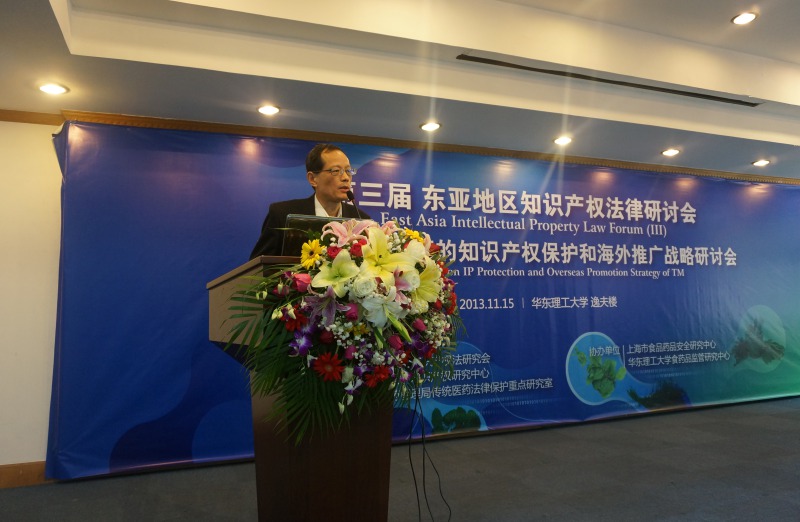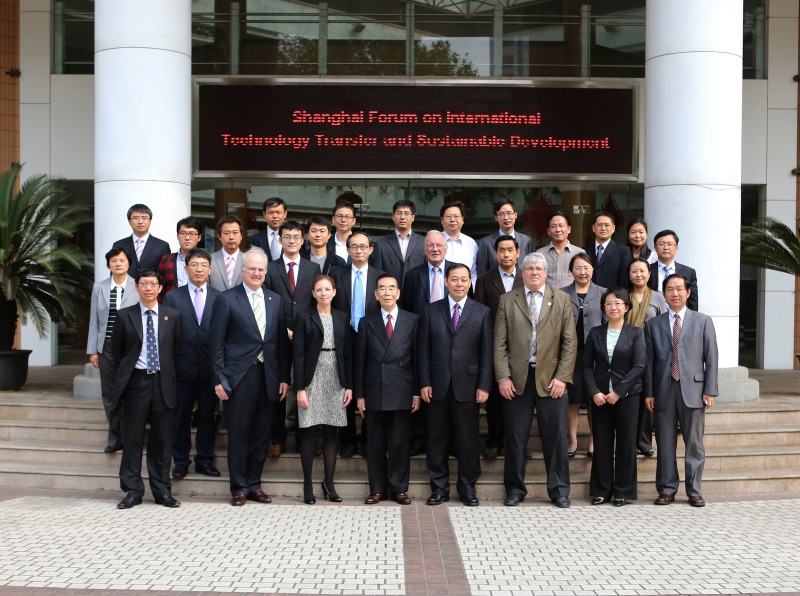Promoting the modernization of health management with equal emphasis on traditional Chinese and Western Medicine
Since the founding of the people's Republic of China, China has vigorously promoted the combination of Chinese and Western medicine, which has played an important role in the prevention and treatment of epidemic infectious diseases such as encephalitis B, epidemic encephalitis, haemorrhagic fever, SARS and H1N1. The discovery and extraction of artemisinin, a new antimalarial drug, and the research and development of arsenic trioxide, an effective drug for the treatment of acute promyelocytic leukemia, are all scientific research achievements combining modern scientific knowledge and ancient drug experience. In 2003, Deng Tietao, a great master of Chinese medicine, promoted the anti SARS of traditional Chinese medicine to create three miracles of "zero death, zero infection and zero sequelae". In 2015, researcher Tu youyou won the Nobel Prize for medicine, which reflects the recognition of the world's great contribution to the cause of human health.
In coping with the novel coronavirus pneumonia, Chinese medicine has played an overall regulatory role in patients, improving immunity, stimulating their own disease resistance and rehabilitation ability. At present, most of the more than 50000 cured patients have used traditional Chinese medicine. The advantages of the combination of Chinese and Western medicine play a key role in improving the cure rate, reducing the death rate, and maintaining the life safety and health of the people. Authoritative research has proved that the combination of traditional Chinese and Western medicine can improve fever, cough, fatigue and other symptoms, shorten the number of days in hospital, improve the negative rate of nucleic acid, and effectively reduce the development from light and common type to heavy, heavy to critical type.
It is an important content of promoting the modernization of health management to insist on the integrated development of Chinese and Western medicine. We should give full play to the leading role of traditional Chinese medicine in health care. We will intensify efforts to promote the popular traditional Chinese medicine therapies such as Baduanjin, Taiji, moxibustion and Guasha. We should pay more attention to the synergy of traditional Chinese medicine in the treatment of major diseases. According to the advantages of disciplines, local medical institutions can carry out coordinated research of Chinese and Western medicine, focus on cancer, cardiovascular and cerebrovascular diseases, diabetes, infectious diseases and other social frequently occurring diseases, and strive to form and promote a number of integrated diagnosis and treatment programs of Chinese and Western medicine. We should continue to strengthen the core role of traditional Chinese medicine in disease rehabilitation. The development concept of rehabilitation medicine is completely consistent with the characteristics of TCM syndrome differentiation and treatment, and emphasis on the quality of life of patients. All localities should promote the rehabilitation technology of TCM into communities, families and institutions in an orderly manner, and strive to contribute to improving the quality of life of more patients and achieving a higher level of national health.
Improving the relevant system is the basis of promoting the modernization of health management. According to the law of the development of traditional Chinese and Western medicine, the relevant departments should set up scientific standards for the construction of traditional Chinese medicine hospitals, and establish and improve the modern hospital management system reflecting the characteristics of traditional Chinese medicine. Science and technology departments shall set up special research and development projects of traditional Chinese medicine in major science and technology projects, support clinical research on prevention and treatment of major, difficult, rare and emerging infectious diseases, and speed up the research on the creation of new traditional Chinese medicine drugs. Local governments should introduce policies to encourage collaborative innovation among pharmaceutical enterprises, medical institutions, colleges and universities, scientific research institutions, etc., lay out the innovation chain with industrial chain and service chain, and improve the integrated innovation model of production, learning and research of traditional Chinese medicine. Scientific research institutions and institutions of higher learning of traditional Chinese medicine should build multi-level and multi-channel training channels, and strive to create a group of high-level clinical talents of traditional Chinese medicine and interdisciplinary innovative leading talents of traditional Chinese medicine.
Source:http://www.cntcm.com.cn/2020-03/10/content_72223.htm
Time:2020.03.10
next:Chinese medicine for relieving cough


